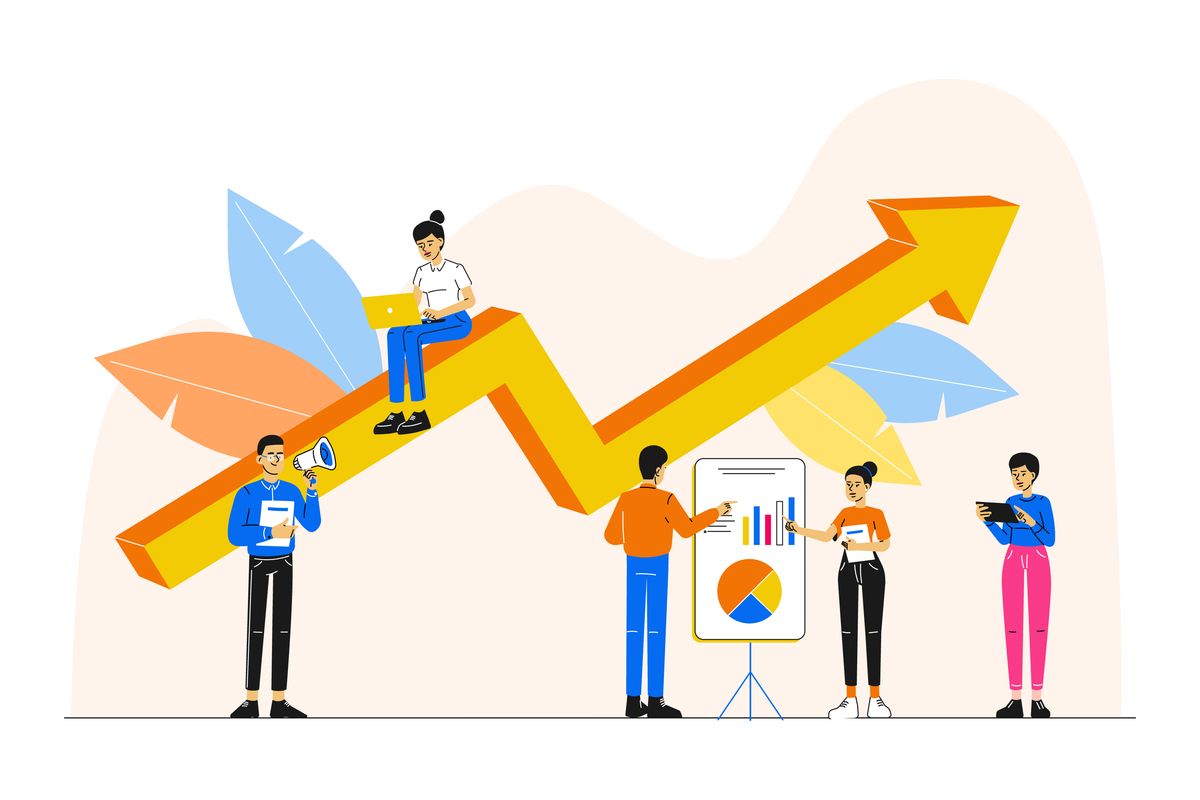In fact, influencer marketing, focused on video content creators, has now become a key channel for many brands for the first time. There are several key reasons the negative predictions have been proved wrong.
1) The hiatus of traditional broadcast ads
Influencer marketing has partly benefited due to the un-viability of other forms of advertising as people stay inside. Traditional approaches like radio, TV and OOH are expensive and have limited impact under our limited new daily routines. This has led to brands seeking out advertising they know reaches potential customer eyeballs. For broadcast media, practical challenges to making traditional adverts forced brands to consider alternative options.Content creators on social platforms are an obvious replacement. They can quickly create, produce and shoot broadcast content and then deliver it to an engaged audience, all from the safety of home. Many brands are also learning that often influencers have similar audience sizes to TV channels and are cheaper to work with.
2) The Facebook advertising boycott
‘The duopoly’ have harvested so much digital ad spend over the past few years. This has crowded out other forms of advertising and arguably stifled new thinking. During the pandemic, there has however been a shift in behaviour. The Facebook advertising boycott was caused due by its failure to tackle hate speech. Facebook also owns Instagram, so brands have pulled advertising spend from both platforms.This has forced brands to
find a scalable alternative to paid ad spend on these platforms. Integrating a brand into influencer content, especially on YouTube or TikTok, is a great way to know exactly what content you’re being advertised alongside and making sure it doesn’t promote hate.3) The explosion in interest in ‘useful content’
During CV-19, smart brands realised views were increasing for useful content provided by much-loved content creators. At the start of lockdown, home and fitness content on YouTube saw initial growth of 145% for home and fitness content and 48% for people and lifestyle videos. This is astonishing growth for such an established medium.Influencers had unprecedented access to consumers and were a vital social connection under lockdown, especially as people were still looking to buy
–especially whilst bored at home
. For the first time, many brands saw the huge power in having products seamlessly integrated within a creator’s content in an organic and non-disruptive way.4) The rise of e-commerce and ability to track sales
With the Government ordering physical retailers to close, e-commerce saw exponential growth – up from 19.6% of all retail sales in February to a peak of 33.4% in May, according to the ONS. The ability to directly track response and conversions means e-commerce brands quickly realised the power of influencer marketing. They have been able to create custom landing pages and issue influencers with trackable discount codes.The sheer volume of e-commerce going through influencer marketing has been a eureka moment for many brand owners, ad planners and buyers. Being able to measure performance and drive sales has developed one-off trials into always-on campaigns.
Our agency – Digital Voices – has seen an explosion in growth for e-commerce brands under lockdown, with some clients seeing YouTube influencer marketing beat the CPA on other channels. This has caused an overdue reassessment of advertising channels and the end of the ‘blackbox’ thinking of just using more traditional CPC channels.5) Slashing of the lead times for campaigns
The pandemic has led to unprecedented publicity for many YouTubers who have overnight become household names. For decision-makers within brands seeing the power of someone like Joe Wicks has cut down the education lead time.In recent years, it would be 3-6 months from first interest (and often several meetings) to getting a contract signed. We have now found the process has been condensed to a matter of weeks. For agencies, this means a much more rapid ability to convert, scale fast and further grow the industry.
Brands are also seeing that creators can productive reactive and sensitive content within a matter of weeks, rather than the six months that traditional broadcast media takes to develop. With huge cultural shifts like BLM and sensitivity under COVID-19, the reactive nature of influencer marketing makes them a wise investment, especially as budgets are cut and marketing spend is restructured. The pandemic has hit reset in many ways. With the restrictions in other forms of advertising and a new spotlight on mediums like YouTube, it has created unstoppable momentum behind what is still considered the new marketing kid on the block. Far from signalling its demise, the pandemic has meant influencer marketing has moved from fringe to marketing mainstream.







